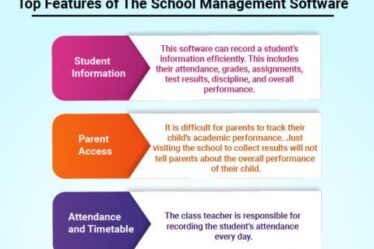
Published in early 2020, Evidence-Informed Learning Design was written for L&D practitioners who want to create workplace training experiences that are designed based on evidence from learning science. It is also written for practitioners who want to know how to recognize, avoid, and counter myths and unfounded ideas. And if you are new to L&D, this book belongs in your collection and deserves careful study: your professional life will be far better for it, the earlier you learn the lessons the authors provide and apply them.
The authors, Mirjam Neelen and Paul A. Kirschner, are experienced instructional designers. They share the writing of the 3-Star Learning Experiences blog. In the foreword to the book, Donald H. Taylor (Chair, Learning and Performance Institute) quotes Mirjam as explaining that the blog name “refers to a Michelin 3-star restaurant and its chef who uses kitchen tools, cooking techniques, and ingredients to create an excellent dish. As learning professionals, we need to do something similar and design learning experiences that are effective, efficient, and enjoyable.” They are explicit about each of those three criteria, including the difference between “fun” and “enjoyable.”
Why should you read this book?
How often do learners (including you) get to experience 3-star training experiences? Not very often, if we are honest about it. The thing is, in the training profession literature, there is a lot of research-based information about how to make 3-star training experiences, and the evidence has been available from learning science for 50 years or longer. Why aren’t all training experiences “3-star”?
In the 327 pages of Evidence-Informed Learning Design you will find:
- Specific information about the learning sciences and what sets them apart from guesswork, folk wisdom, and myth
- An assessment of the state of the learning profession
- The steps for getting started with holistic learning experience design
- Helpful examples and other materials
- How to design learning experiences for complex skills
- How to design and improve self-directed and self-regulated learning
You will recognize many of the myths the authors discuss, such as learning styles and millennial learning. Much of holistic learning experience design is simple but not easy, and you may find yourself fighting against the firmly-held (but erroneous) beliefs of colleagues and stakeholders about training and learning. At the end of each chapter you will find key points and solid references that will help you in those situations, including what learning professionals can do to support (and measure) self-directed and self-regulated learning, as well as how to build and leverage a personal learning network of current and former colleagues who can support your own learning.
The payoff
Make no mistake, this is not a book that you will finish in an afternoon. It will take time, thought, and some thoughtful implementation. But the authors promise, and I believe them, “If we focus on the available evidence, learn how to judge it and how to use it best in various contexts, remind ourselves of the backbone of holistic learning experience design, learn how to take a whole task design approach, and how to support learners to become better self-directed and regulated learners, then, over time, we can all build our three-star toolkit with tools, techniques, and ingredients to start cooking up our 3-star evidence-informed effective, efficient and enjoyable learning experiences.”
Bibliographic information
Neelen, Mirjam and Paul A. Kirschner. (2020) Evidence-informed Learning Design: Creating training to improve performance. New York: Kogan Page Limited.


